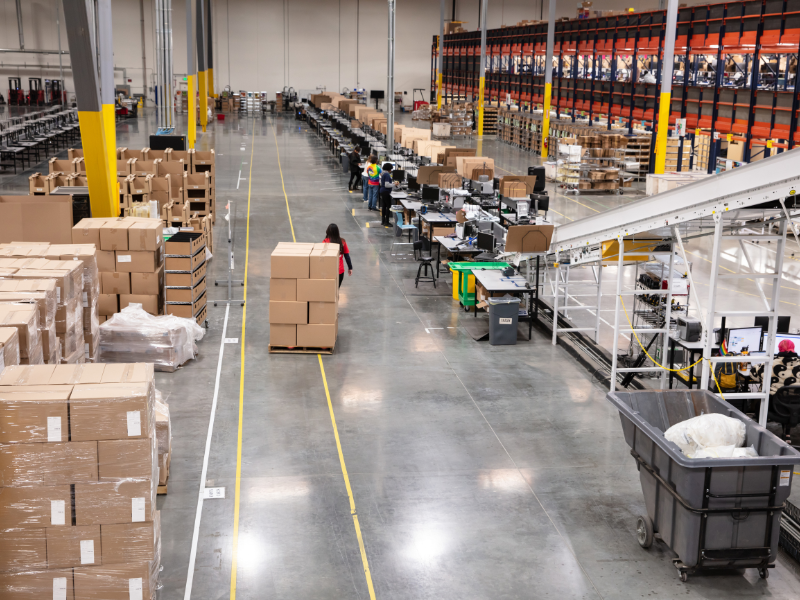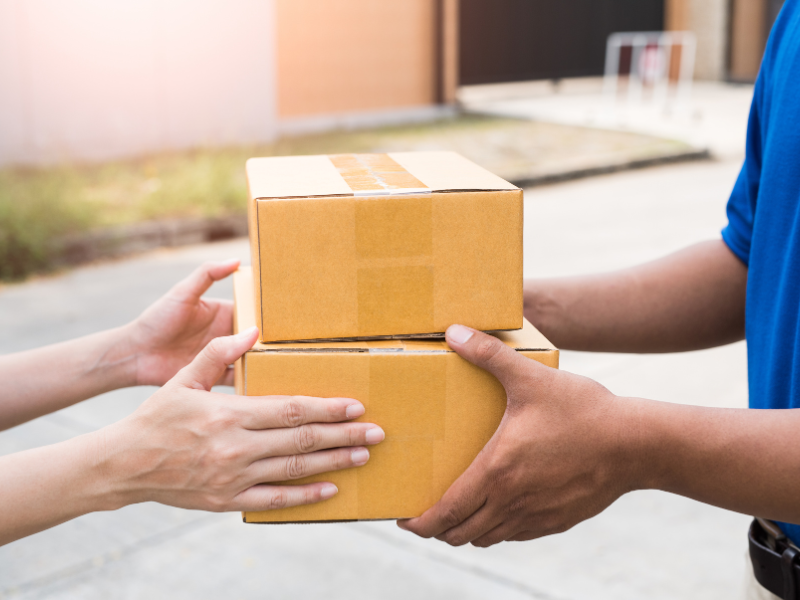Subscription services are quite common nowadays. It is a business model where consumers pay a recurring fee every week, month, or year to have access to a specific product or service.
One of the best examples of this type of service is Netflix where customers pay monthly or annually to stream movies. Spotify is also a good example of a subscription service but instead of streaming movies, paying customers get access to a large library of songs.
There are also many companies and businesses that focus on selling physical products using the subscription service model and fulfillment logistics are crucial for these.
Importance of Fulfillment Logistics
Fulfillment logistics consists of the end-to-end process of managing and executing orders from the point of sale to delivery to the customer. Fulfillment logistics is crucial for subscription services because it directly impacts customer satisfaction and retention by ensuring timely, accurate, and reliable delivery of products on a recurring basis, which is a key expectation for subscribers who rely on consistent deliveries to maintain their subscription.
If you’re wondering what the difference is between standard e-commerce fulfillment and subscription-based fulfillment, traditional e-commerce fulfillment involves processing and shipping individual orders as they are placed by customers. On the other hand, subscription-based fulfillment means sending pre-determined packages to customers on a recurring schedule.
Key Fulfillment Strategies for Subscription Services
Inventory Management

Efficient inventory management is crucial for subscription services because it allows businesses to consistently fulfill customer orders on time, prevent stockouts, optimize costs by avoiding overstocking, and ultimately maintain customer satisfaction.
Automation in Fulfillment Processes
Warehouse Management Systems (WMS), barcode/RFID scanners, voice picking systems, and automated guided vehicles (AGVs) are some of the new technologies being used by fulfillment logistics to automate and simplify the process.
These are especially helpful with subscription services since there are already pre-determined amounts of packages that need to be sent to customers.
Custom Packaging and Branding
Just putting your products and items in a plain cardboard box won’t attract any new customers and will lower your chances of having customers buy from you again. Packaging significantly impacts brand perception and retention.
It acts as the first physical touchpoint with a consumer, influencing their initial impression of the brand. A well-designed package can foster trust, communicate brand values, and encourage repeat purchases.
Overcoming Common Fulfillment Challenges
Providing Accurate Delivery Windows and Updates

Customers who subscribe to services expect their goods to be delivered to them in a timely manner since they receive the same services every week, month, or year. Providing customers with accurate delivery windows and timely updates can enhance their experience and reduce missed deliveries.
Scaling Fulfillment Operations
Once your subscription service starts to grow, you will need to expand your logistics. You will need to focus on identifying new markets, diversifying services, investing in technology and infrastructure, building strong customer relationships, optimizing your network, and ensuring scalability to accommodate growing demands.
You should consider using a third-party fulfillment provider when your business is experiencing rapid growth, has complex logistics needs, wants to expand into new markets, needs to optimize shipping costs, or lacks the infrastructure to handle large order volumes.
Effective Fulfillment Strategies Drive Subscription Success
Fulfillment logistics is a critical component of any successful subscription service. It ensures that customers receive their products on time and in excellent condition, contributing to customer satisfaction and long-term retention.
Implementing strategies such as efficient inventory management, automation, custom packaging, and scalable operations can help businesses overcome common fulfillment challenges. By focusing on these key areas, subscription services can create a seamless and enjoyable experience for subscribers, ultimately supporting business growth and enhancing brand loyalty.

